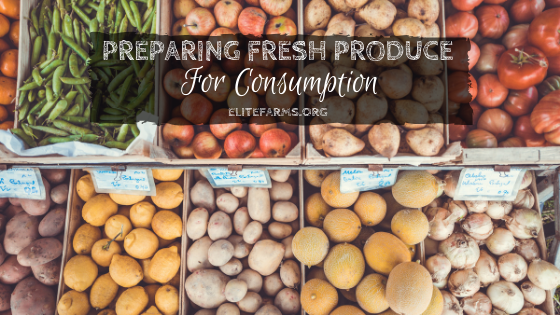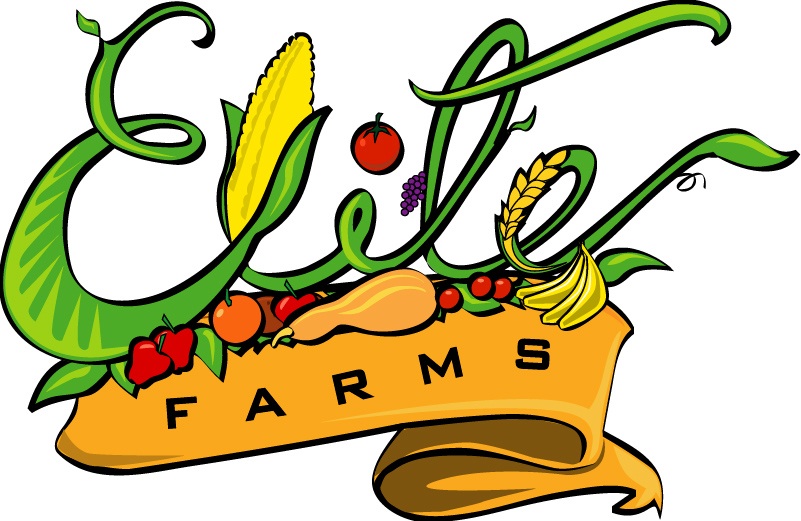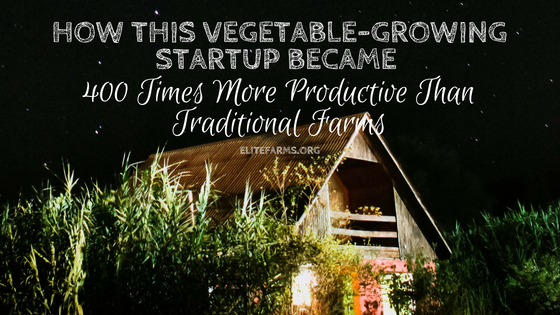
Properly preparing fruits and vegetables will increase the health benefits of consuming the fresh produce and limit the risk of coming into contact with harmful bacteria or contagions.
Without a doubt, fresh produce will provide vitamins, minerals, and more when they are eaten. Components of fresh produce can also help to protect the body from certain health conditions, such as heart disease and stroke. However, according to the CDC, sometimes detrimental germs can end up on the surfaces of raw fruits and vegetables. These germs include salmonella, listeria, and other things that can make you sick. This doesn’t mean that the produce was mishandled while it was growing. However, it does indicate that the fruits and vegetables became contaminated at some time during the the trip to the grocery store or marketplace.
With this in mind, it is very important to be mindful when buying produce. When purchasing fresh produce, you should strive to select undamaged fruits and vegetables. They don’t have to be perfect in appearance, but avoid buying any produce that has noticeable gashes or bruises that would allow bacteria easy access. Additionally, if you are buying pre-cut produce, make sure that the items are visibly stored in a refrigerator or on ice. The North Carolina Consumers Council suggests storing foods in a clean refrigerator that is set to 40° F or below. If they are not stored at an appropriate temperature, produce can spoil or become contaminated.
When storing fresh produce, you should also keep them separate from raw items such as meat and seafood. Doing this helps prevent bacteria that can reside in raw proteins from cross-contaminating the produce.
When it comes to preparing the fruits and vegetables, the first step is always to wash your hands with soap and warm water. Always use running water to clean produce; you don’t need to invest in commercial fruit washes, but you should use a produce brush for produce with hard skin. Use a paper towel or clean dish cloth to dry the produce and remove any remaining dirt or grime.
Following the above suggestions will help ensure that the foods you consume are safe and nutritious. However, if you feel that you’ve gotten a foodborne illness anyway, the FDA recommends visiting your healthcare provider immediately. Foodborne illnesses can occur within minutes of eating contaminated foods. Illness symptoms can also appear days or weeks later. Taking precautions with your fresh produce can limit your chances of getting sick while also providing you with the most health benefits.





